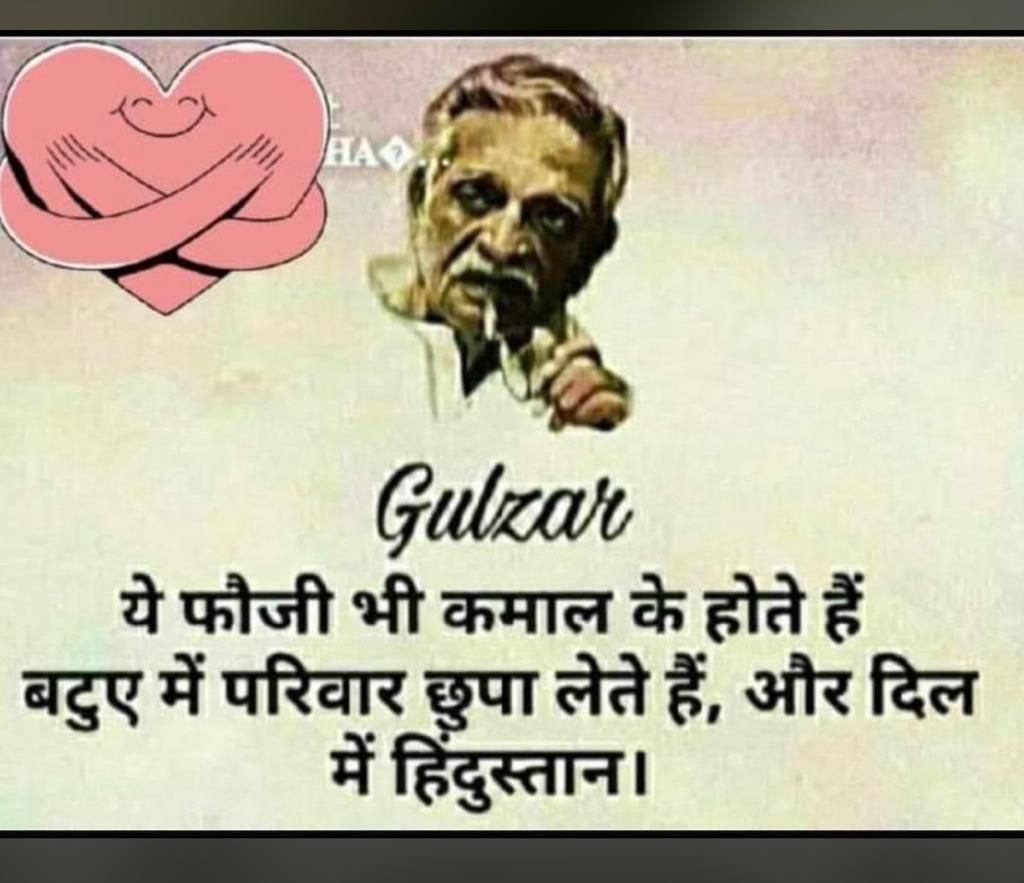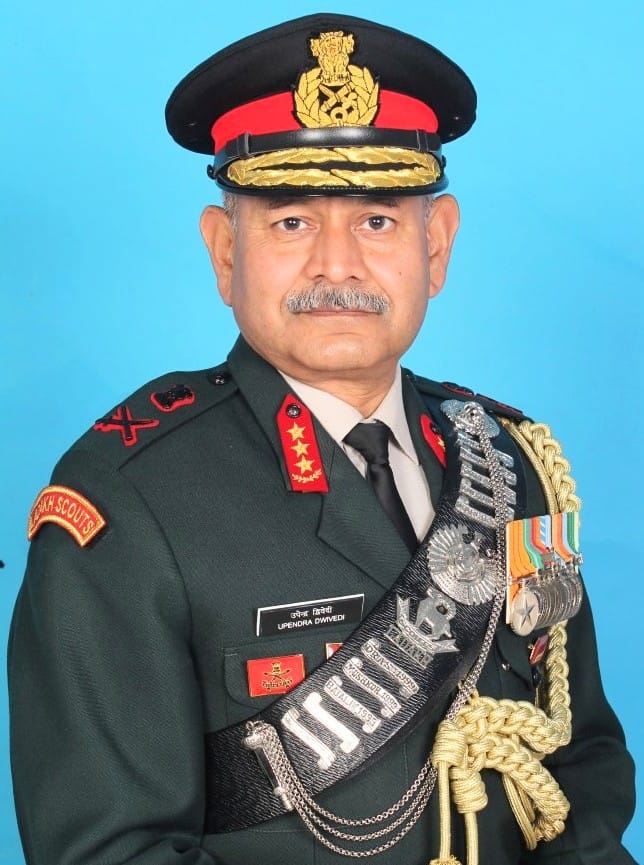MK Bhadrakumar
Former Ambassador
The remarks by External Affairs Minister S Jaishankar in an interview to a news portal last week regarding the standoff with China bore the sweet scent of rain on parched earth. His emphasis that the government is looking for a solution through diplomacy comes in bleak circumstances.
For, the one area where the Indian and Chinese narratives seem to converge is that a stalemate has developed in the military standoff in eastern Ladakh that might continue into the winter. A race of attrition apparently lies ahead. Therefore, the EAM’s remarks are reassuring. A military option doesn’t really exist, given the state of the Indian economy, the raging pandemic and the great suffering in our country. The best are lacking conviction and the worst are full of passionate intensity.
The EAM pointed out that when it comes to finding a solution to the standoff, this must be ‘predicated on honouring all agreements and understandings. And not attempting to alter the status quo unilaterally.’ He could have framed it differently — that status quo ante must be restored, territorial sovereignty is non-negotiable and so on. But he chose not to. The EAM, instead, approached the paradigm from a creative angle.
This is important since, according to reports, he is likely to meet with his Chinese counterpart Wang Yi, within a fortnight in Moscow. And our Russian friends are reportedly setting up other high-level meetings at the political level in the period ahead, including possibly a summit.
The core issue here is: how did the departure from agreements and understandings occur? We tend to chalk up early May as the departure point when the ground beneath the feet began shifting. Per Chinese narratives, though, the departure occurred somewhat earlier and on multiple templates.
The Chinese side holds the view that the basic ‘consensus’ reached at the two informal summits between President Xi Jinping and Prime Minister Narendra Modi — that neither side regarded the other in adversarial terms — was side-stepped, the implication being that Indian diplomacy careened away in a direction with a pronounced anti-China orientation displaying antipathy or animus.
In this context, the EAM’s remarks are particularly relevant when he says that India takes a clinical view of its own interests and does not get entangled in the discords of others — while referring to the US tensions with China. The EAM also emphatically stated elsewhere in the interview, ‘India is and will always be an extremely independent polity. The manner in which it pursues its interests will reflect that basic character.’ This important statement should allay Chinese apprehensions.
Meanwhile, another template pertains to India’s unilateral moves in August last year when it annulled Article 370 of the Constitution, ending the autonomy of J&K and splitting J&K into two entities to bring them directly under the jurisdiction of the Central government.
Of course, we also drew up a new map showing areas of Aksai Chin (which is under China’s actual control and where British India never exercised its jurisdiction) as part of Ladakh. Beijing regards these unilateral Indian moves on the ground and on the map as a violation of the political consensus between the two countries.
Indeed, Beijing robustly protested that India has unilaterally changed the status quo, but Delhi disregarded it. In the Chinese narrative, India’s move to change the status quo in Ladakh obliged the PLA to take countermeasures, while taking into account the Indian Army’s infrastructure build-up near the LAC in eastern Ladakh. For sure, in the prevailing hyper-nationalism endemic to both countries, the border issues touch sensitive chords of national psyche and impact the trajectory of the bilateral relationship.
Clearly, there has to be sincerity of purpose and a need to approach the political settlement of the border issues with realism and a sense of urgency. Needless to say, an unemotional view of the northern border is needed. China never accepted the LAC under the 1993 agreement either on the map or on the ground in eastern Ladakh.
Equally, the Chinese claim line of 1959 — which is based on the McCartney-MacDonald Line that British India presented to the Chinese government in Peking in 1899 with a diplomatic note and which they never repudiated — is unlikely to be given up. That claim line safeguards the security of the Chinese Highway 219, vital for linking Xinjiang and Tibet, and for an effective control over Tibet.
The core issue when it comes to disengagement, which is an urgent necessity, is the Chinese contention that after the 1962 war, whereas the PLA withdrew from its claim line in Ladakh by 20 km with a view to creating a demilitarised zone, the Indian Army has since been incrementally occupying that territory, and, therefore, India needs to vacate that territory. We, of course, prefer to affirm by our 1993 perception of the LAC in eastern Ladakh (although China never accepted such a line on a map or on the ground).
Conceivably, a way forward could be to move beyond the concept of LAC as such in the areas of standoff and work on a concept of buffer zone in some areas that are without human population or obvious natural geomorphological features.
This would mean going beyond the traditional ‘border line’ approach to a method of delimiting the disputed ‘border belt’. This seems to be one realistic way the disengagement can be completed, and peace and tranquility ensured in eastern Ladakh on a sustainable basis.
Suffice to say, the subtle alchemy of the border standoff couldn’t have been captured more succinctly than in EAM’s exhortation that we need ‘honest conversations… among Indians and between India and China. That is why this relationship requires both a strategy and a vision.












































































